Protecting ERISA Accounts: Meeting Compliance and Preserving Trust


Fraud in retirement accounts is rising fast, and the stakes could not be higher. Fraudulent withdrawals and identity misuse in ERISA-regulated accounts are draining assets and eroding trust. While high-net-worth individuals are attractive targets, fraudsters often begin with smaller balances that are less likely to draw immediate attention. In reality, anyone with a retirement account is at risk. At the same time, regulators are sharpening expectations, and financial institutions now face the dual challenge of protecting retirement assets while proving due diligence under ERISA.
The message is clear: compliance is no longer just about meeting a legal standard. It is about safeguarding assets, satisfying regulators, and preserving trust in one of the most sensitive areas of financial services.
Why ERISA Accounts Are So Enticing to Fraudsters
Retirement accounts hold enormous value, which makes them attractive to fraudsters. Fraudulent withdrawals, account takeovers, and synthetic identity misuse have become increasingly common. Unlike a one-off card transaction, a compromised retirement account can devastate an individual’s financial security and permanently damage an institution’s reputation.
Fraudsters know this. They target retirement accounts with the same tactics used elsewhere (credential stuffing, phishing, and social engineering) but with higher payoffs. As a result, the fraud landscape around ERISA accounts is escalating faster than many defenses can adapt.
What’s At Stake
ERISA was designed to safeguard retirement assets and ensure fiduciaries act in the best interest of plan participants. Today, regulators expect institutions not only to protect assets but also to prove they have exercised due diligence: stronger safeguards, clear audit trails, and fair, seamless recovery when accounts are compromised.
Firms that fail to meet these expectations face more than fines or enforcement actions. They risk reputational harm that undermines customer trust. In a market where high-net-worth clients have choices, a single failure in compliance or recovery can lead to permanent attrition.
Weak protections in ERISA accounts carry consequences on three levels:
- Financial loss: Fraudulent withdrawals drain assets and generate costly reimbursements
- Regulatory exposure: Institutions that cannot demonstrate robust safeguards risk penalties and legal action
- Customer trust: Retirement fraud doesn’t just steal money. It steals peace of mind, leaving families shaken and trust nearly impossible to rebuild.
The result is a compounding effect. Losses trigger investigations, investigations expose weaknesses, and weaknesses erode loyalty. Over time, institutions pay more in remediation than they would have spent building stronger defenses from the start.
Identity at the Center of Compliance
Most ERISA account fraud stems from weak or missing identity verification. Fraudsters exploit login gaps, manipulate recovery flows, or impersonate plan participants to request withdrawals. The risk is greatest when additional signers — spouses, beneficiaries, or power-of-attorney holders — are not direct customers of your institution. You likely have little or no historical data to validate those people, so static credentials and simple device checks are no longer enough to satisfy regulators or protect plan members.
Proof closes those gaps by binding every critical action to a verified individual. That means:
- Real-time biometric liveness detection and government-issued ID validation authorizes identity at every touchpoint
- Human-in-the-loop verification ensures suspicious cases are resolved fairly and accurately
- Fraud signals detect anomalies in real time, stopping attacks before they escalate
- Audit trails provide clear, verifiable evidence that every step of due diligence has been met
This model does more than prevent fraud. It demonstrates to regulators that institutions are meeting heightened expectations under ERISA by protecting both assets and account access.
Balancing Protection and Experience
One of the challenges in ERISA compliance is balancing strong safeguards with customer experience. Adding friction at every step is not an option. High-value clients expect seamless service. But reducing checks opens the door to abuse.
Proof resolves this tension by applying the right level of verification at the right time. Low-risk activity flows without interruption, while high-value actions like withdrawals or account reinstatements require verified presence. Fraud signals help determine when to escalate, while automation keeps legitimate users moving quickly. For edge cases, human reviewers step in to ensure accuracy without unnecessary delay.
The result is a system that stops fraudsters cold while preserving the trust and loyalty of real customers.
Securing Retirement Accounts in a Changing Landscape
Protecting retirement accounts is not just about meeting a regulatory requirement. It is about delivering confidence in a system built on long-term trust. By securing access, preventing misuse, and restoring accounts quickly when fraud occurs, institutions can demonstrate that they are worthy custodians of their clients’ financial futures.
With Proof, organizations close the gaps that fraudsters exploit, meet regulatory scrutiny with confidence, and provide a seamless experience for customers. Compliance becomes more than a check-the-box exercise. It becomes a foundation for loyalty and growth.
Ready to strengthen your ERISA compliance strategy? Learn how Proof protects benefit accounts.
P.S. - Are you planning to attend Money20/20? If so, we’d love to meet with you in Las Vegas.



























.png)


.jpg)
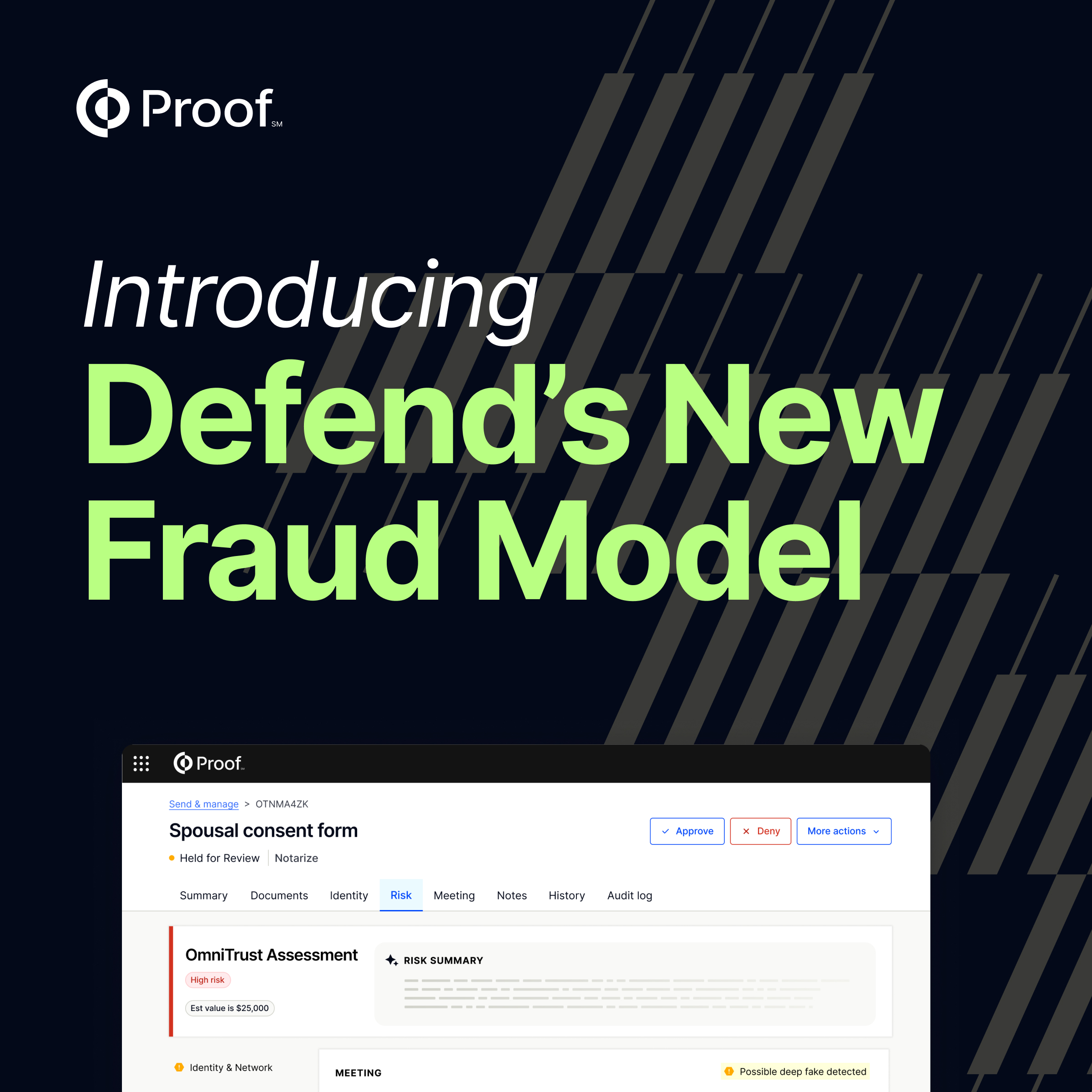













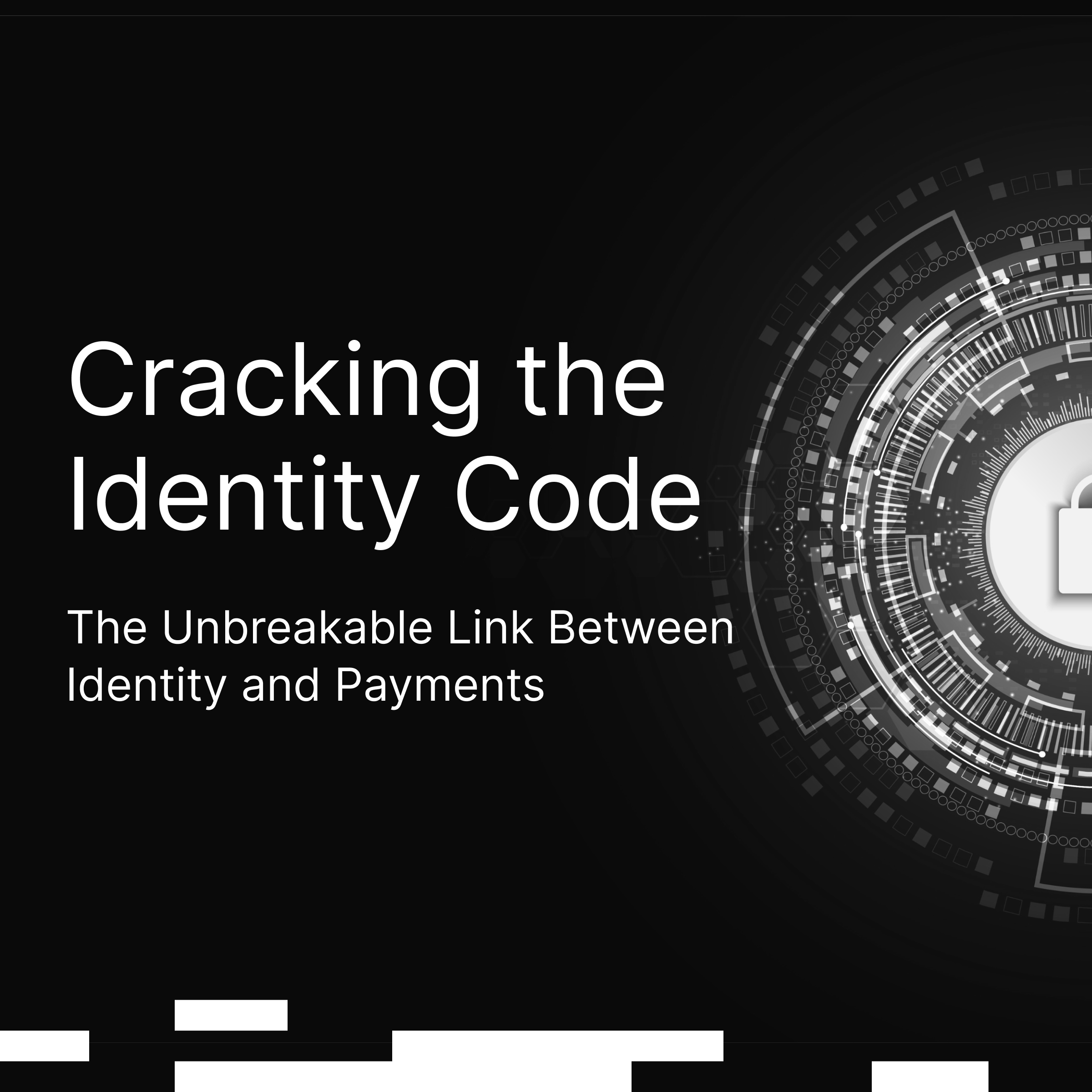
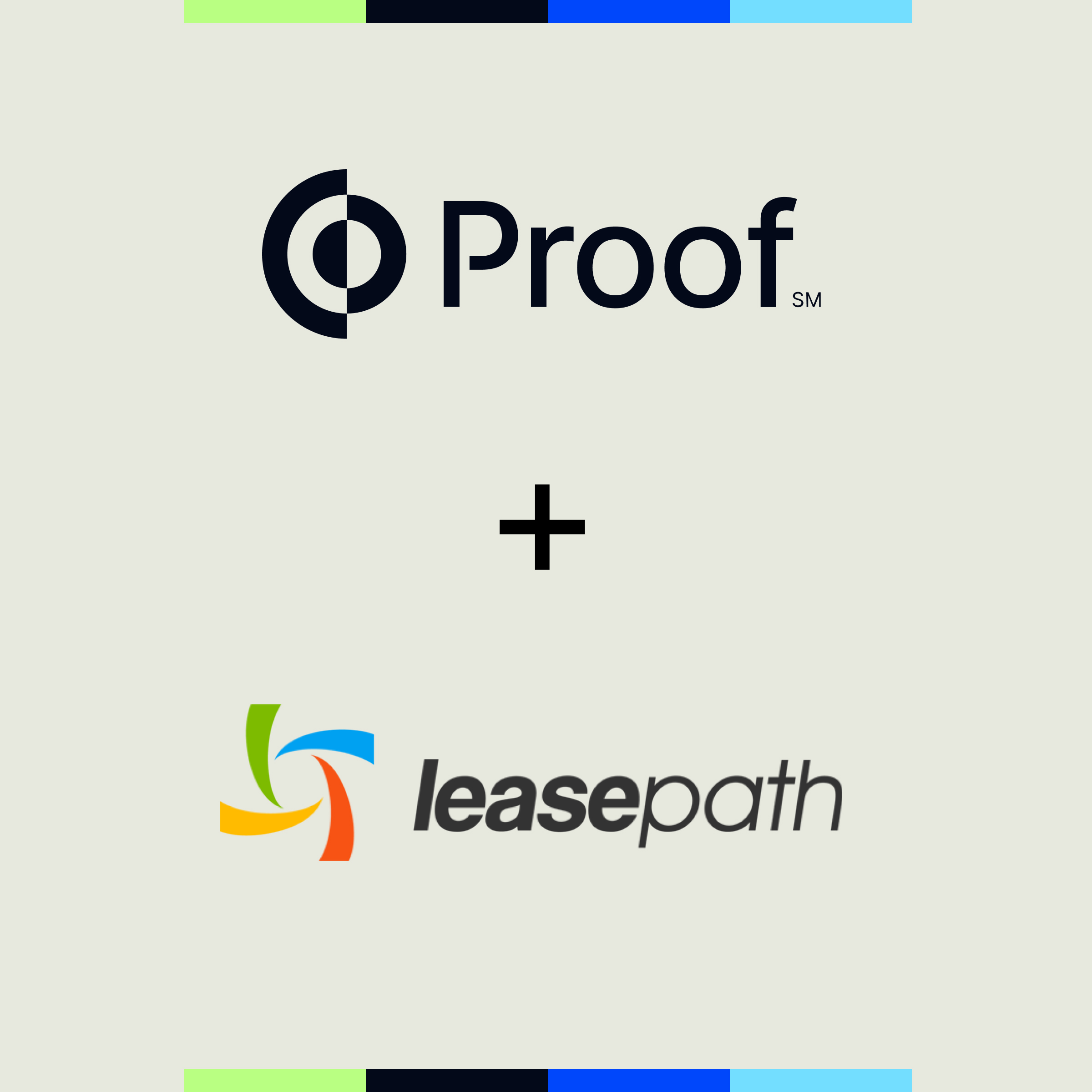

















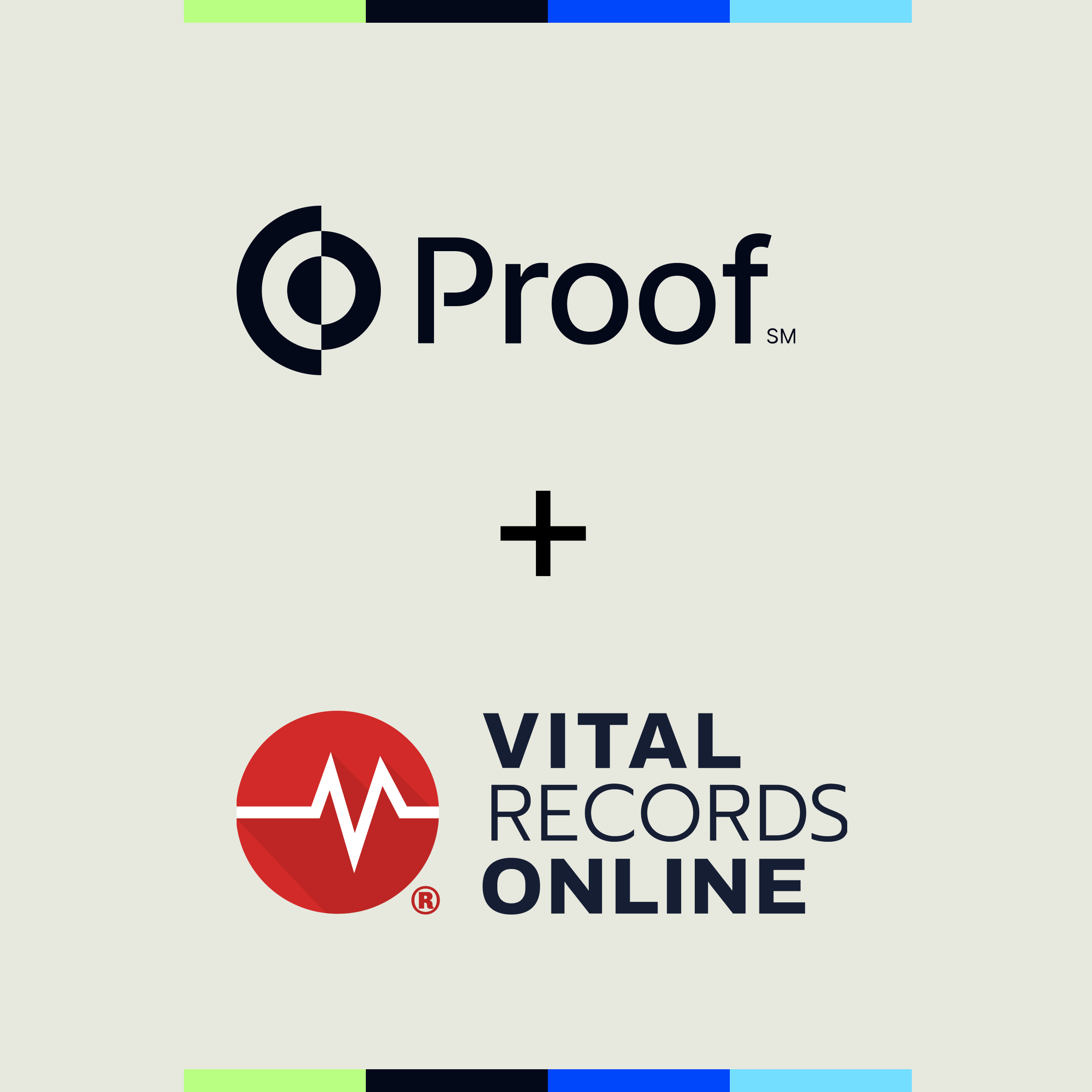








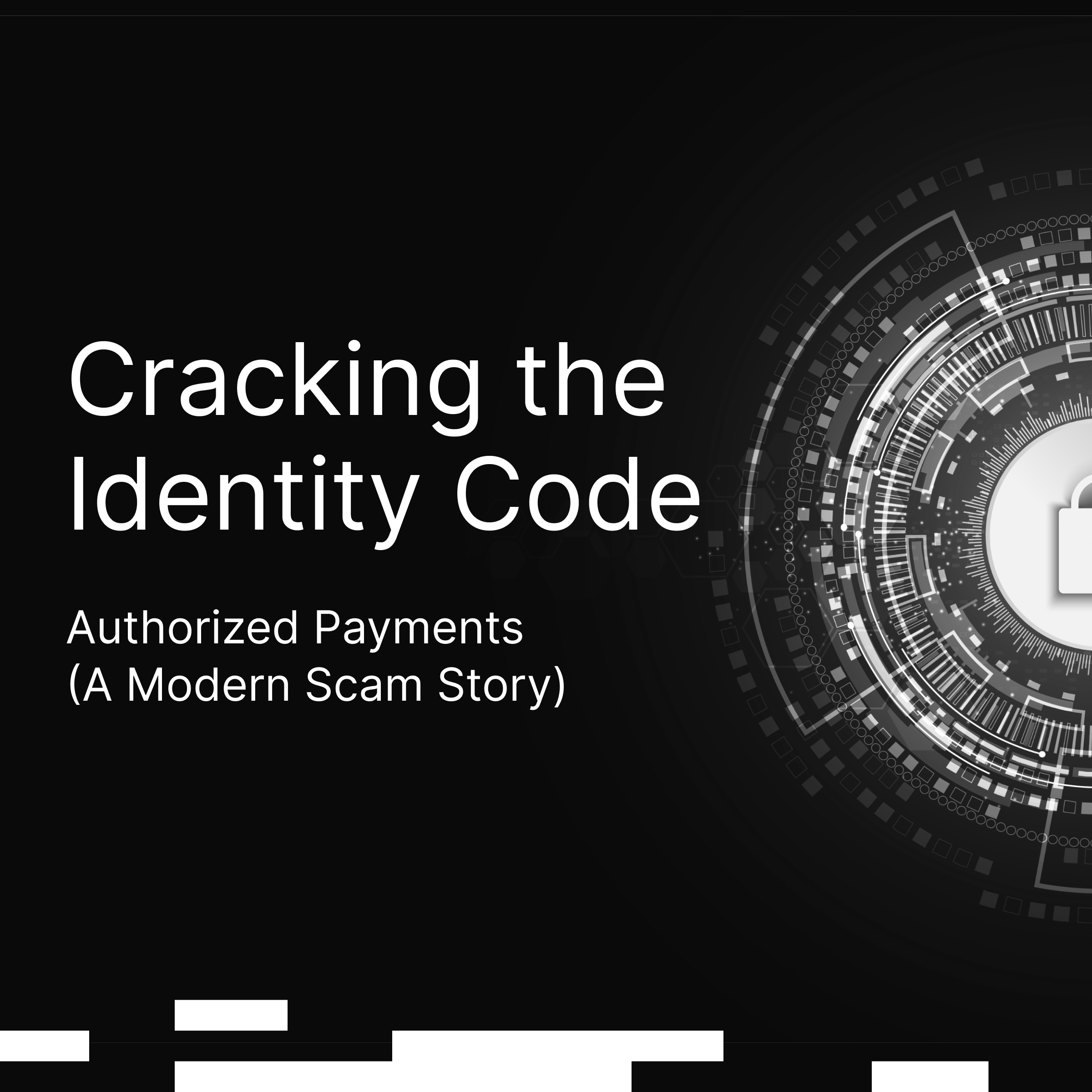








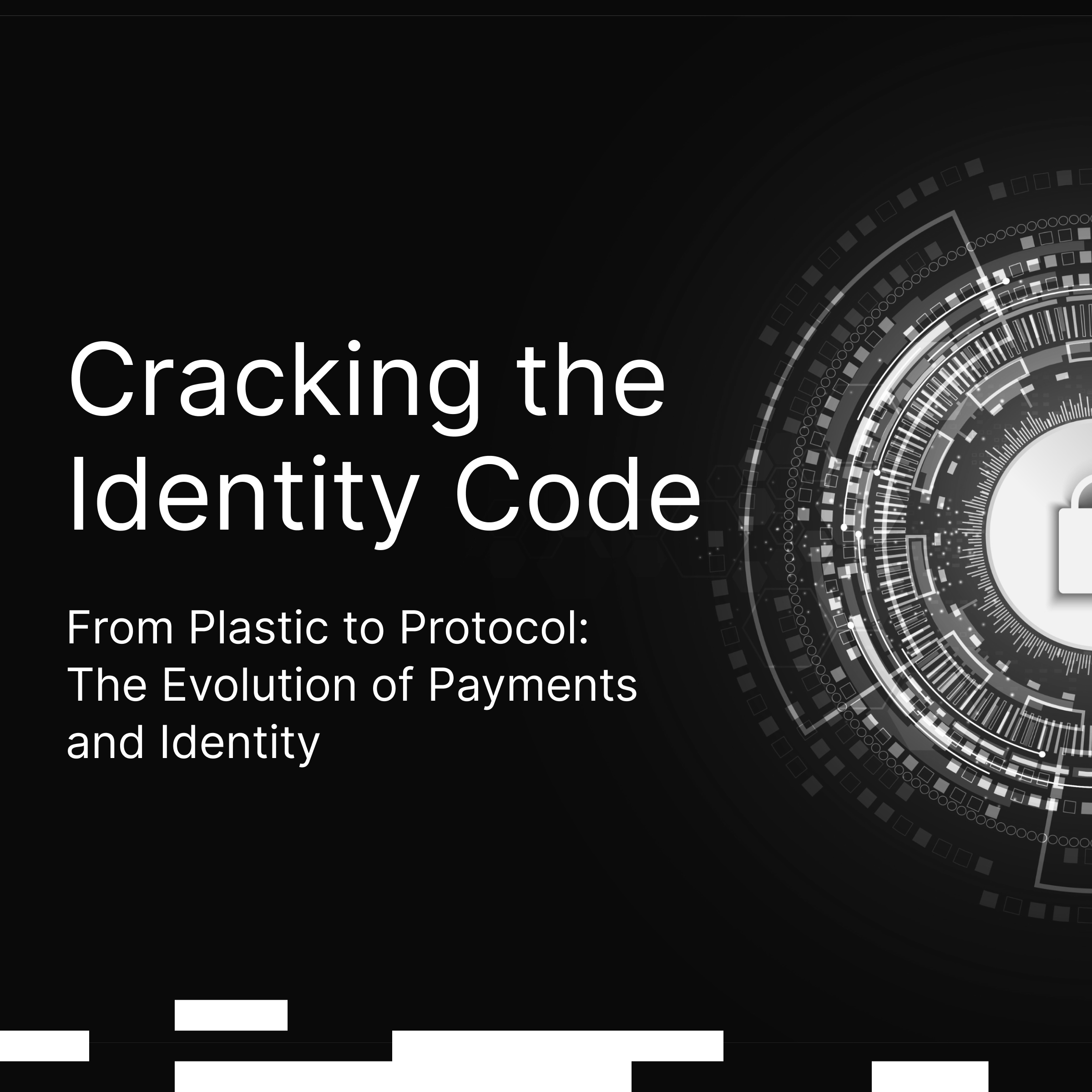

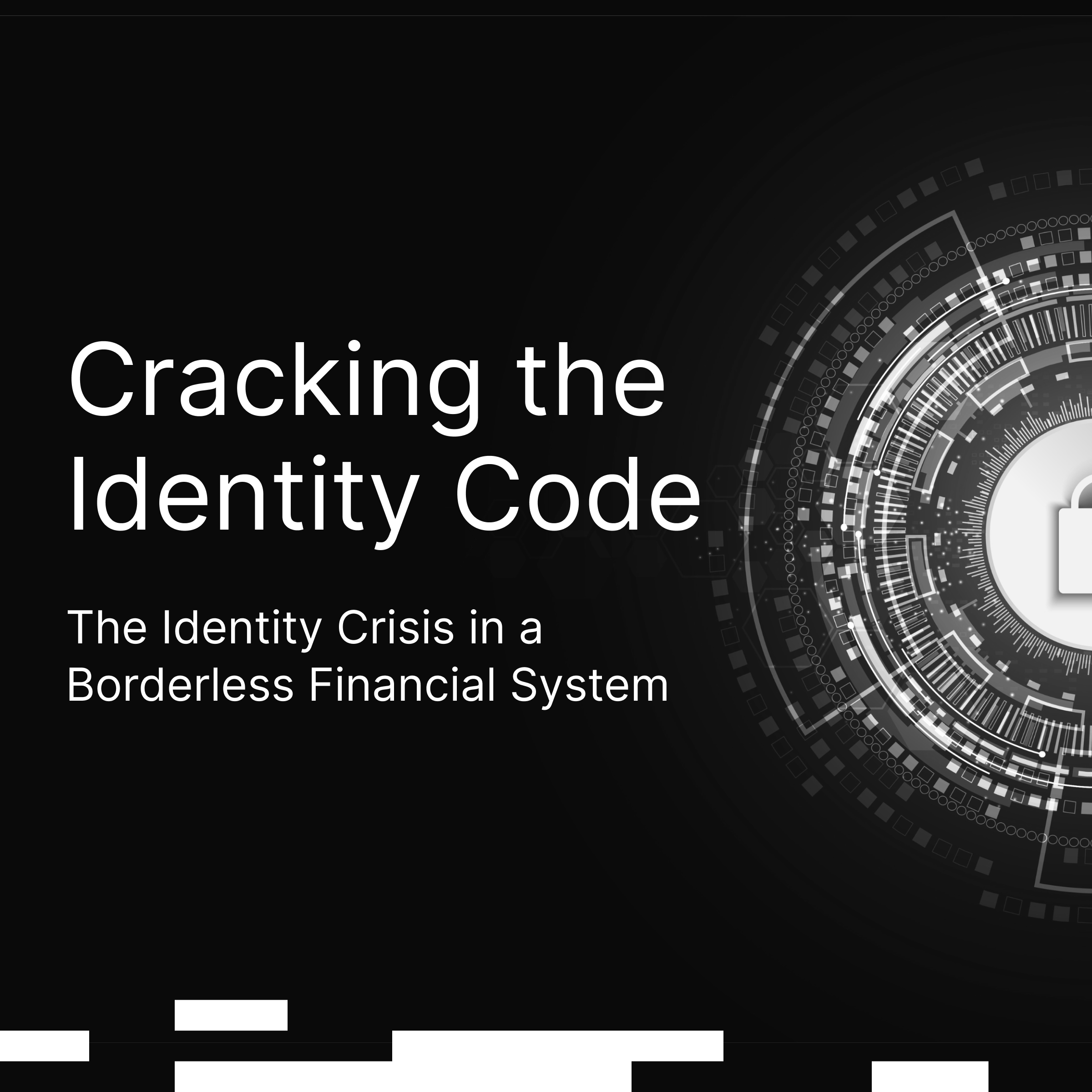




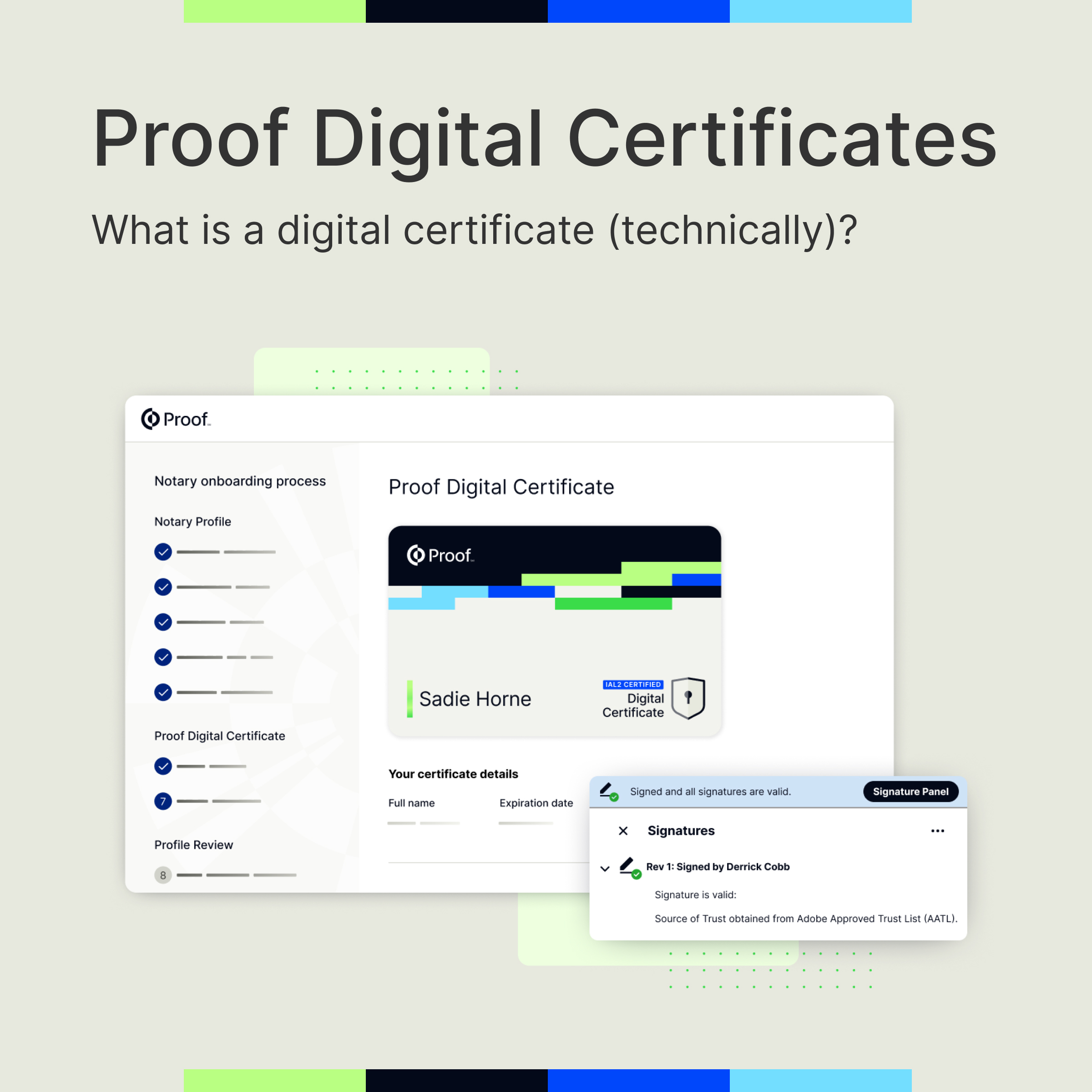



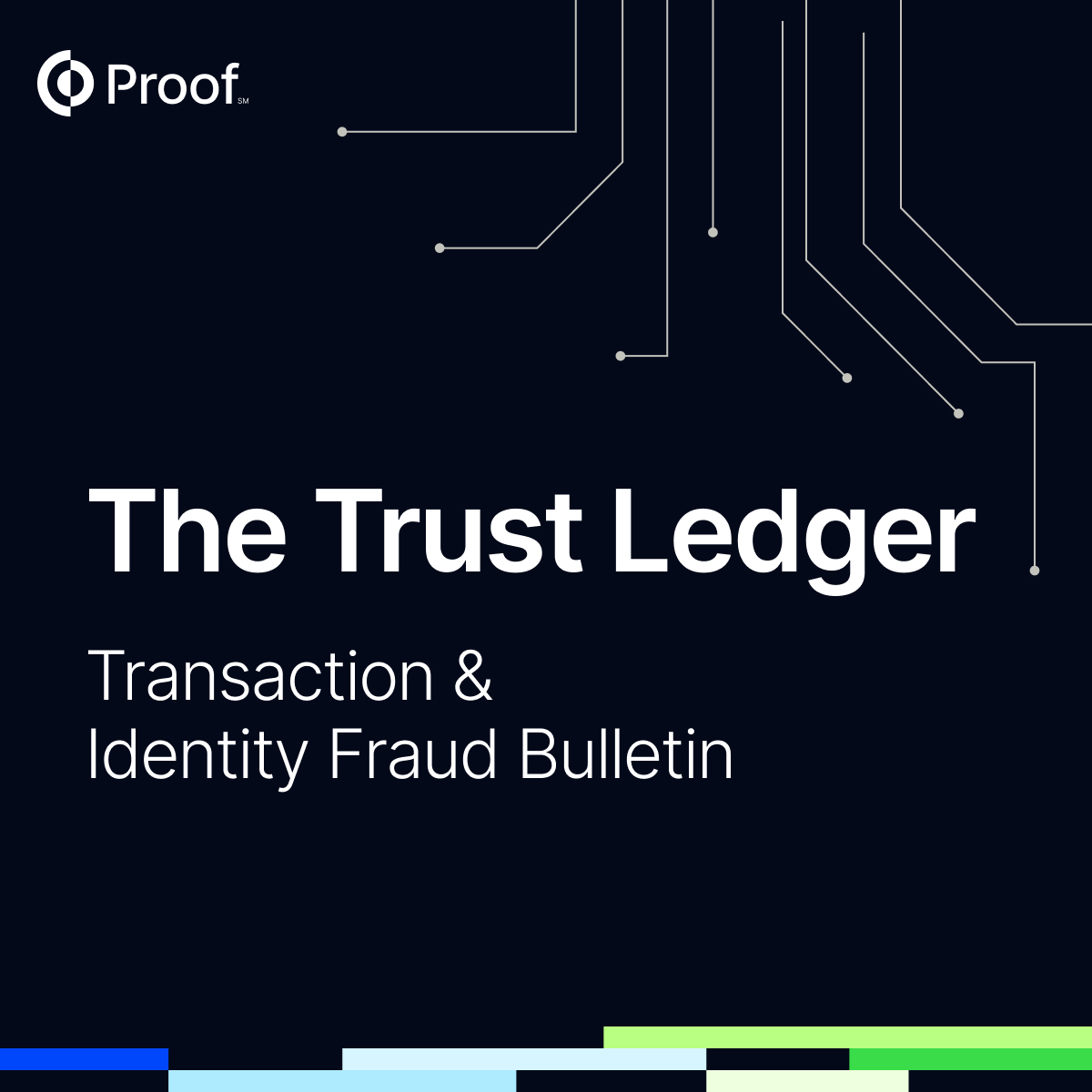







































.jpg)


